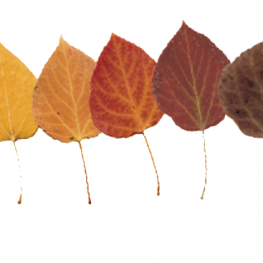Life Cycle Assessment is a tool used in the Design for Environment methodology for new products. It also used for the environmental analysis of processes and services. It was originally proposed by the SETAC-Society of Environmental Toxicology and Chemistry in 1990 and its use has been widely accepted within many sectors. It can assess the environmental impact of a product, service or process in its entire life, ‘cradle-to-cradle’.
The course will outline the basic steps in performing a Life Cycle Analysis and it will highlight its usefulness, limitations and problems involved in performing the analysis. Finally, a few existing published analysis will be given.
The learning objectives are to acquaint the reader with the process, the required information to perform the analysis and the type of output that you he gets from the analysis. LCA is a tool for assessing the environmental footprint of a product, service or process and through the analysis to discover/ classify the factors contributing to the footprint. It van be used for strategic decisions in planning for a product/ service / process and for comparing different alternative development solutions.
It was originally proposed by SETAC and currently it has been standardized in ISO Standards no. 14040 to 14043.
Keywords: Lifecycle, textile, LCA, smart textiles, inventory, ISO standards







